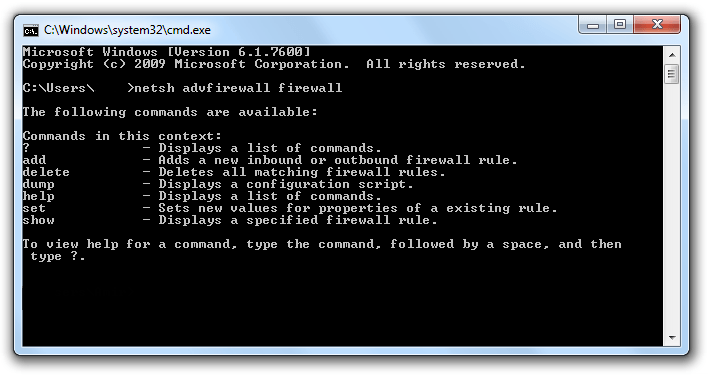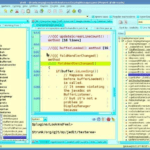Welcome back! It’s time to talk about hidden preferences.
The problem
It’s a sunny day and you boot up your PC, which uses Xfce, ready to do some file-organizing. You open Thunar and suddenly you realise something. All this time
you would have prefered sorting to be case-sensitive. You open the Preferences Dialog but alas, there is no relevant setting. You are left disappointed, hoping that Thunar devs add this
option in a future release. You might even create a feature request.
Little do you know, Thunar does have a preference to enable this functionality but it is hidden away. You can only find it in the wiki and even that is not a guarantee because
we might forget about updating the wiki. Then you have to go and manually enable it in the Settings Editor or using xfconf-query.
Thunar is not the only Xfce application that has hidden settings, Terminal is another prominent application that has preferences that don’t showup in its preferences dialog.
Settings Editor à la Shortcuts Editor
If you have been following the development of Xfce you probably know that I created a Shortcuts Editor widget that can be easily integrated in Xfce apps. Presently, Thunar, Mousepad and Terminal
use that widget to give users an easy way of editing shortcuts.
I’ve been working on a similar widget for Settings based on the Xfce Settings Editor. The end goal is to have a simplified version of that settings editor that can be easily integrated in Xfce Apps that use
xfconf. That will allow us to eliminate hidden preferences (or at least, greatly reduce them).
XfceSettingsEditor integrated in Thunar’s Preferences Dialog.
Searching in the Xfce Settings Editor
The other big feature that I’ve been working on is Search/Filtering for the existing Xfce Settings Editor.
Simon had started working on a patch for this but never finished it, so I continued where he left off. I am not planning to include this functionality in the separate widget that was described previously.
Discover more from Ubuntu-Server.com
Subscribe to get the latest posts sent to your email.




